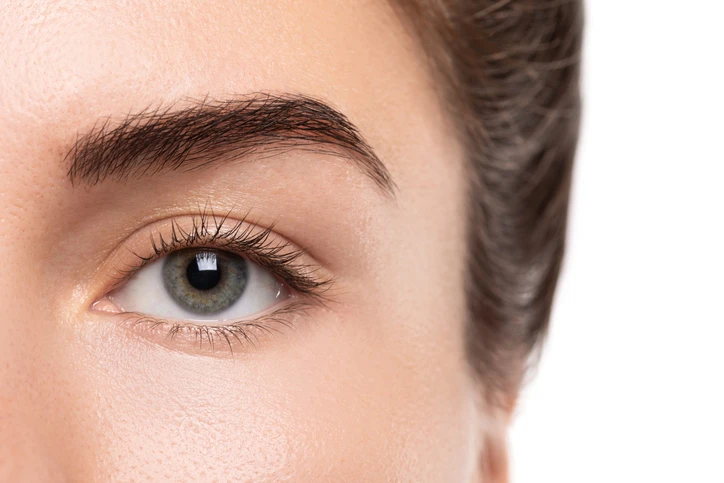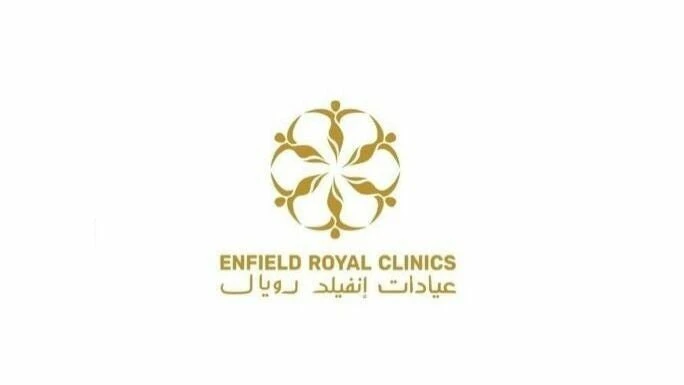Eyelid surgery, or blepharoplasty, is a popular cosmetic procedure that addresses concerns like droopy eyelids, puffiness, and wrinkles. Whether you’re considering eyelid surgery in Riyadh in your 30s or 60s, the approach and goals of the surgery can differ significantly. Age impacts skin elasticity, fat distribution, and healing ability, all of which influence how surgeons tailor their techniques. This article explores the key differences in eyelid surgery between these two age groups and what patients can expect.

Why Age Matters in Eyelid Surgery:
Age plays a critical role in eyelid surgery because the skin’s condition and facial structure evolve over time. In your 30s, skin generally retains more elasticity, and signs of aging are subtler. By contrast, in your 60s, skin becomes thinner, more lax, and may have deeper wrinkles or more pronounced fat pockets. These differences mean surgeons adjust their methods to suit the patient’s age, ensuring results look natural and harmonious with the rest of the face. When considering eyelid surgery in Riyadh, understanding these age-related factors can help set realistic expectations.
Common Concerns in Your 30s:
People in their 30s typically seek eyelid surgery to address early signs of aging or genetic traits like hooded eyelids or mild puffiness. Common concerns include:
- Slight drooping of the upper eyelids affecting makeup application or vision
- Mild under-eye bags or puffiness due to fat protrusion
- Subtle wrinkles or creases around the eyes
- Desire for a refreshed, youthful look without dramatic changes
At this stage, the focus is often on preventive or minimally invasive surgery that enhances the eyes without making the face look “done.” Many patients opt for small incisions and limited tissue removal to maintain natural eyelid contours.
Common Concerns in Your 60s:
By the time patients reach their 60s, aging signs are more pronounced, and eyelid surgery often aims to restore both function and appearance. Typical concerns include:
- Significant sagging of upper eyelids that may impair vision
- More prominent under-eye bags and puffiness from fat displacement
- Loose, excess skin causing deep wrinkles and eyelid folds
- Drooping of the lower eyelid or eyelid retraction
- Desire for a noticeable rejuvenation that still looks natural
Surgeons generally perform more comprehensive blepharoplasty in this age group, including removing excess skin, repositioning fat, and tightening muscles to address functional and cosmetic issues.
Differences in Surgical Techniques:
The surgical approach varies between the 30s and 60s age groups due to the differences in eyelid anatomy and aging.
- In patients in their 30s, surgeons often use conservative skin excision and limited fat removal to avoid hollowing and maintain a youthful eyelid fullness.
- Laser or radiofrequency-assisted techniques may be employed to tighten skin gently without extensive incisions.
- For patients in their 60s, more aggressive skin removal and fat repositioning or removal is common to correct sagging and deep folds.
- Muscle tightening and lower eyelid support procedures are more frequently needed in older patients to prevent eyelid malposition.
- Incision placement and length may be adjusted to accommodate thicker or more fragile skin in older adults.
These tailored techniques help maximize safety and results for each age group.
Recovery Expectations by Age:
Recovery after eyelid surgery also differs depending on age, with younger patients generally experiencing faster healing.
- Patients in their 30s often report less swelling, bruising, and discomfort, allowing them to resume normal activities sooner.
- Older patients may experience prolonged swelling and bruising due to thinner skin and slower tissue regeneration.
- Both groups should follow post-operative care instructions carefully to minimize complications.
- Cold compresses, head elevation, and avoiding strenuous activities remain essential for all ages.
- Follow-up visits are crucial to monitor healing and address any concerns promptly.
Understanding recovery timelines helps patients prepare physically and mentally for the healing process.
Psychological and Lifestyle Factors:
Age also influences the psychological and lifestyle motivations behind eyelid surgery.
- Younger patients may seek surgery as a preventive or confidence-boosting measure, often motivated by social or professional reasons.
- They may prefer subtle enhancements that fit their active lifestyles and desire for minimal downtime.
- Older patients frequently pursue surgery to improve vision and quality of life in addition to aesthetic benefits.
- The procedure can help restore a youthful appearance, enhancing self-esteem and social engagement.
- Expectations for outcomes should be realistic, with open communication between surgeon and patient to ensure satisfaction.
These factors guide the consultation and planning phases of eyelid surgery.
Choosing the Right Surgeon in Riyadh:
Regardless of age, selecting a skilled, board-certified surgeon for eyelid surgery in Riyadh is critical to achieving safe and natural results.
- Look for surgeons experienced in treating different age groups with customized approaches.
- Check patient reviews and before-and-after photos to gauge results quality.
- Discuss your goals openly during the consultation to align expectations.
- Ensure the surgeon performs a thorough medical evaluation, including vision and eyelid function tests.
- Verify that the surgical facility meets high standards for safety and comfort.
A trusted surgeon will tailor the procedure to your unique anatomy and needs, whether you’re in your 30s or 60s.
Cost Considerations by Age:
The cost of eyelid surgery may vary based on the complexity of the procedure, which often correlates with the patient’s age.
- Surgery in younger patients might be less extensive, potentially lowering costs.
- Older patients may require combined upper and lower eyelid surgery or adjunct procedures, increasing expenses.
- Prices in Riyadh vary depending on clinic reputation, surgeon experience, and included services.
- Insurance coverage is rare unless surgery is medically necessary to improve vision.
- Financing options may be available to help manage costs.
Understanding these factors can help patients budget and plan for their procedure.
Final Thoughts:
Eyelid surgery in Riyadh offers effective solutions for people in their 30s and 60s, but the approach differs significantly based on age-related changes. Younger patients benefit from subtle, preventative techniques focusing on minor corrections, while older adults often need more comprehensive surgery addressing both function and appearance. Recovery times, psychological factors, and cost considerations also vary. Consulting an experienced surgeon familiar with these distinctions ensures a personalized plan that delivers natural, satisfying results no matter your age.



